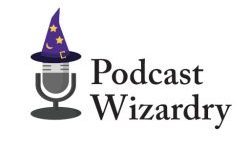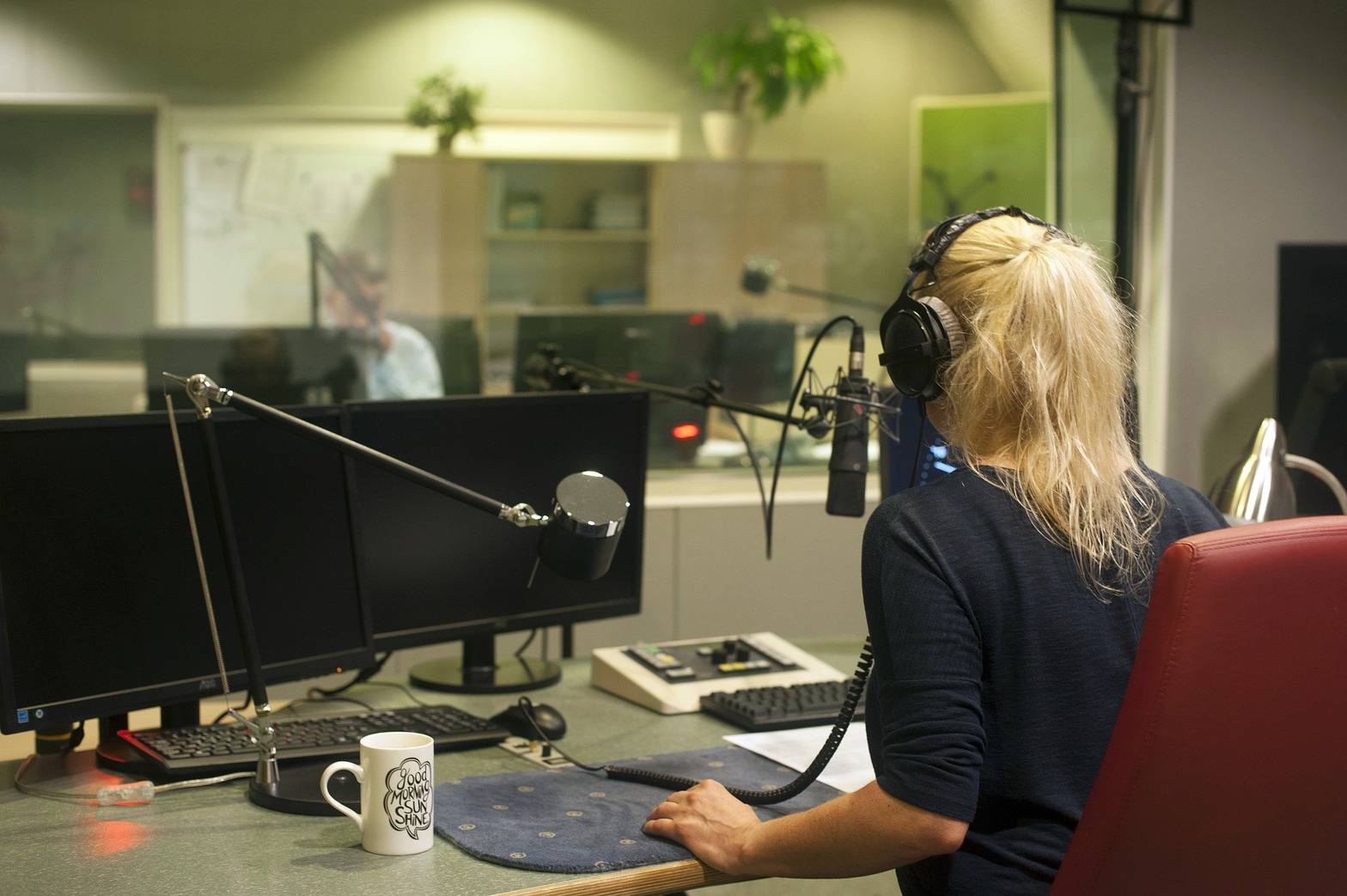Not too long ago, I wrote up a little information on things you might do BEFORE you start recording to ensure you end up with a solid-sounding podcast. Here, I’ll list a few tips you should consider to ensure that you are making a good recording:
Warm up

You would be surprised that such a little thing can have such marked improvement when making your recordings. A little vocal warm up of your own will ensure you’re always sounding like a pro. Don’t go into it cold–you’ll sound tired, rough, and you’ll stumble over your words. NPR vocal coach Jessica Hansen has stretches, breathing exercises and vocal drills you can do to make sure that you sound natural when you press record.
Monitor Your Surroundings
We covered this in the aforementioned piece: Before You Start Recording, but it bears repeating: Ideally, you would do your recordings from the smallest and quietest room possible. To reduce outside noise and echoes, shut your windows and doors, turn off any device that makes any noise, and tell your pets to leave you alone for a while. Sound-dampen all sound-reflective surfaces.
Establish A Noise Floor
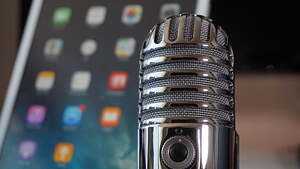
At the start of your recording, record ten seconds of pure silence with everyone’s microphone open and un-muted. Everyone’s microphone should be on, but no one should speak. This will give you a good “noise floor” for the episode which will prove useful for filtering out background noise during editing.
Here’s a Handy Podcast Recording Checklist
Use Good Microphone Techniques
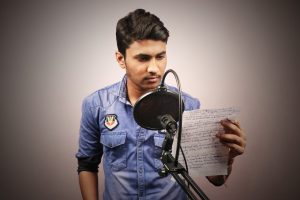
Where your mouth is in relationship to your microphone makes a big difference in recording good sound quality. This, along with knowing how to breathe when you speak, and how to manage your plosives, are critical to making a good recording. Buzzsprout has a good guide to help you learn mic technique, placement, angles, and even the use of pop-filters.
Be Still
I know that moving around is essentially inevitable, but making a good recording means minimizing background noise. Moving around is especially noticeable if you use earbud headphones where the wire stays close to your chest. Other things to look out for: the moving of things around on the table as you’re recording, including the tapping of a keyboard if you’re online during the recording. Some people don’t mind these interferences, others say they are distracting. You’ll have to decide if they belong in your recordings.
Here’s a Handy Podcast Recording Checklist
Do A Test Run
Make a test recording. If possible, get together with your guest in advance and do a quick, five minute test to make sure everyone’s gear is working properly, and to make sure that you’ve addressed extraneous noises before they become an issue.
Use Headphones (EVERYONE)
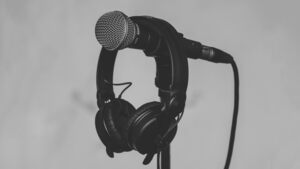
As I mentioned before, this is non-negotiable. For you, and your guest(s). Using headphones will virtually eliminate echo and feedback, and it gives everyone a way to monitor the recording for background noise and sound quality. Get some over-the-ear headphones that are comfortable and use them.
Contact Podcast Wizardry
Producing a podcast involves a number of moving parts and coordination of resources. If you’re thinking about podcasting but aren’t sure where to start, we can help. Please send us a message so we can put together the right production for your purposes. Together, we’ll make sure your story sounds good (quality), and is easy to understand (resonates with your audience).
Here’s a Handy Podcast Recording Checklist
